EDGING THE SNOWBOARD FOR CARVING TURNS
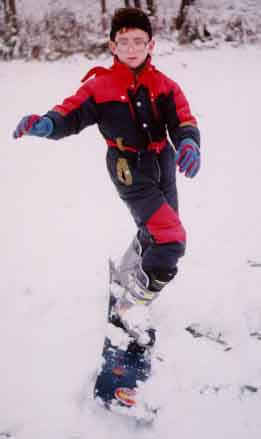
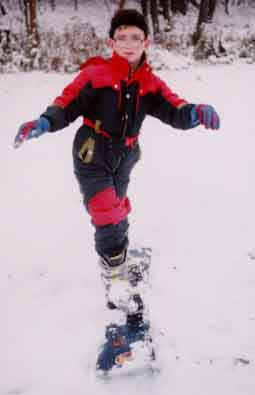
Edging the board is necessary for performing carved turns. The image on the left shows the rider edging the toe edge into the snow for a toe side turn. Notice the knee angulation to help tip the board. The image on the right shows the heel side turn involving more hip angulation since the knee joints will not totally reverse.
The photos above were taken in a static position making it difficult to show inclination. The video photo below
shows both inclination and angulation during a carved turn using hard boots.

HAVING FUN WITH CARVING

The rider shown above is performing carving with a cross under movement. The snowboard is edged with angulation, but not much inclination, such that the board crosses under the relatively stable body. This is
useful in restricted areas with little room to maneuver and is characterized by short radius turns.

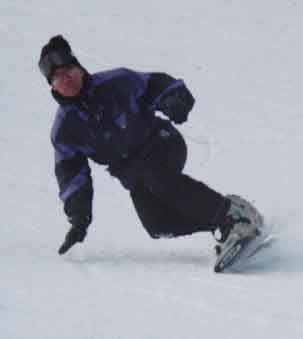
The rider above is using a cross over movement resulting in long radius turns with a combination of inclination and angulation. The body crosses over the snowboard causing a long radius turn with "deep" edge engagement. The snowboard is bent in reverse camber, storing energy that is released during edge change, propelling the rider into the next turn.

The rider above performs a deep toe side turn. With hard boots he brings his knees together causing the board to bend under foot. With a slight movement of the body toward the tail of the board, one can see the front of the board leave the snow with the weight on the rear 50% of the board. This causes a sharper turn and more
energy release that snaps the rider into the next turn.

The rider show above is using soft bindings and performing a deep toe side turn with plenty of inclination and
angulation.
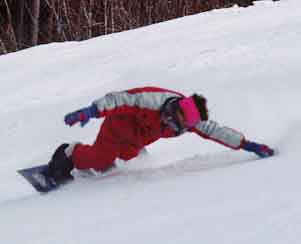

Both toe and heel side carving yields a stable ride and lots of fun when experimenting with ultra inclination
or "Euro-carving".
DYNAMIC CARVED TURN WITH HARD BOOTS
The dynamic carved turn is used for racing or "cruising" the mountain. In Photo 1 the rider is in the control phase of the toe side turn with inclination and angulation for edging and for concentrating the dynamic forces at the engaged snowboard edge. Photo 2 shows the completion of the toe side turn as the rider begins to release the edge with a "snap" or rebound that aids in the initiation of the new turn. In Photo 3 the dynamic rebound actually lifts the board slightly in the air as the rider makes the transition to the new turn.
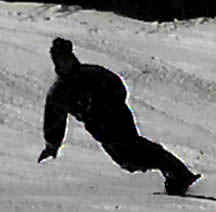
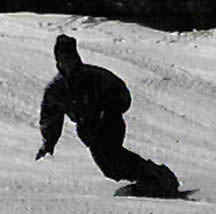
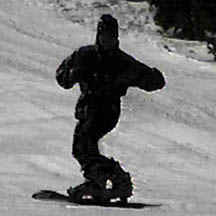
________Photo 1__________________Photo 2___________________Photo 3
Photo 4 shows the inside edge engaging as the heel side turn develops. Photos 5 and 6 show the control phases of the turn with inclination and waist bending used to adjust maximum pressure on the engaged edge. The board bends in reverse camber because of the dynamic loading. In dynamic turns, the upper body moves relative to the board, unlike the elementary turns where the upper body and board turn as a unit.
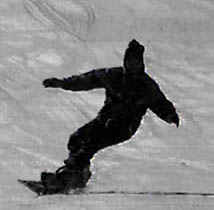
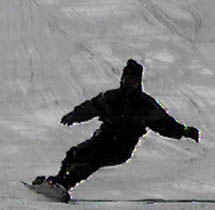

________Photo 4__________________Photo 5___________________Photo 6


















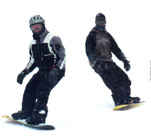 BACK TO ROBERTS SKI AND SNOWBOARD INSTRUCTION HOME PAGE
BACK TO ROBERTS SKI AND SNOWBOARD INSTRUCTION HOME PAGE